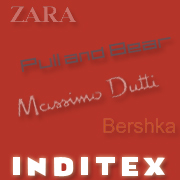The European fashion industry is not enjoying the best of times. Consumers have reduced their spending on apparel, competition has intensified, and Asian countries, with their cheap labor rates, are sharpening their claws against European industry. Despite the recessionary climate, Inditex, the apparel chain, has announced its best results since it went public in 2001. The company, established by multimillionaire Amancio Ortega, is beginning to put distance between itself and H&G and Gap, its main rivals. Inditex has managed to turn the apparel sector upside down with its innovative approach, which involves adapting its collections to the capricious tastes of customers. In addition, the Spanish company has its own network of factories, while its competitors choose to outsource their production.

Sign up to stay informed about our latest article releases.